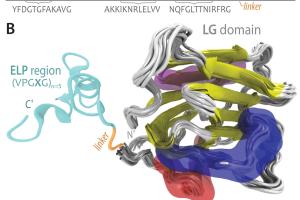Simulation & Complex Systems Research

Core Faculty

Roseanne M. Ford is a Professor of Chemical Engineering at the University of Virginia. She holds a B.S. degree from the University of Delaware and a Ph.D. from the University of Pennsylvania, both in chemical engineering.

Kyle J. Lampe
Kyle Lampe is an Associate Professor in the Department of Chemical Engineering at the University of Virginia, and by courtesy, Biomedical Engineering and Neuroscience.

In the Bilodeau group, we explore the intersection between molecular simulations, statistical physics, and artificial intelligence to develop tools to discover and design new molecules, surfaces, and proteins with optimized properties. Our core expertise lies in molecular dynamics simulations of soft matter systems and artificial intelligence for m

Chris Paolucci
Chris is an Assistant Professor in the Department of Chemical Engineering. He completed his B.S. and Ph.D in Chemical Engineering at the University of Notre Dame.


Nick Vecchiarello

Matthew J. Lazzara
Work in the Lazzara Lab employs a combination of experimental and computational methods to study problems in cell signaling, the complex biochemical process cells use to make decisions.


